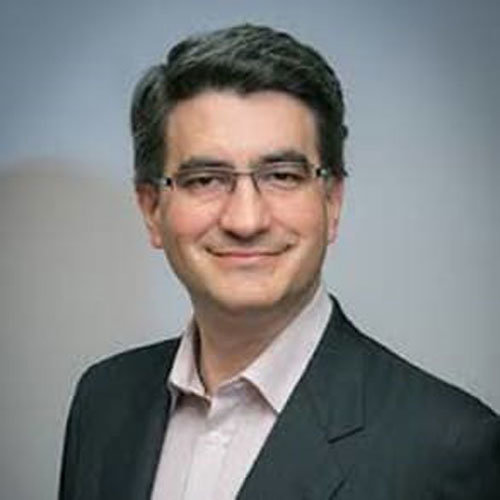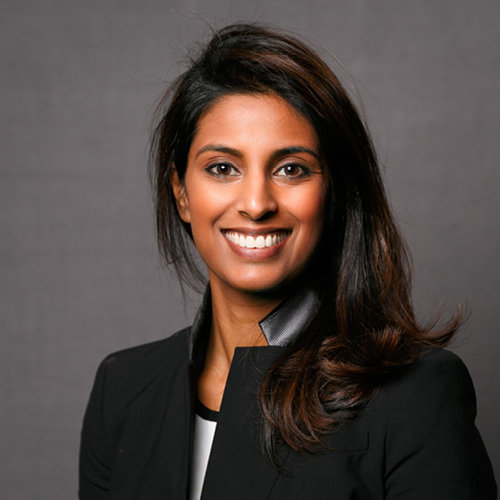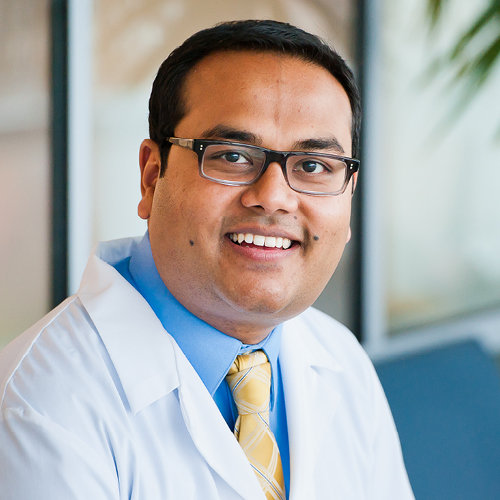Shared interests, mutual gain, flexibility and trust are key to building win–win partnerships in drug development.
In today’s oncology world, it is a hard fact that for effective, timely drug development, industry needs academia and academia needs industry. Broadly speaking, industry stands alone as the developer of new molecules for therapeutic use, although it is becoming increasingly more difficult to develop them and the associated costs keep rising. To overcome these obstacles, industry needs to turn to the wealth of talent and expertise in academia to realise the clinical potential of novel agents in a cost-effective way.
There is a lot at stake for academia–industry relationships: by 2040, the European Union/European Free Trade Association cancer burden is estimated to reach 3.4 million new cases (Abstract 1501O), and as early as 2026, the global oncology market is expected to be worth over $US300 billion.
The success of collaborations depends on how well the relationships between the two parties are built. Both academia and industry need to feel they are gaining something from the partnership and alignment of interests is fundamental to a strong working bond. However, complete alignment is unlikely to be achieved; whilst compromise is required on both sides, it should be regarded as an opportunity for growth rather than a power struggle. When I was the General Director of Institut Gustave Roussy, Villejuif, France, a win–win collaboration was run with Daiichi Sankyo on investigating the mode of action of one of their investigational antibody–drug conjugates. The company benefitted from our expertise and, in turn, the institute was able to strengthen its role as a major player in translational research.
Both academia and industry must be honest in acknowledging their own strengths and weaknesses and those of their partner, recognising that each has equal value in the partnership. Flexibility and a willingness to change practices to adapt to what is required is also key in these collaborations and will lead to greater returns for partners. For example, academic institutions prepared to adapt to provide clinical data to industry and regulatory requirements, without the need for intermediary companies to clean and format the data, will see both time-saving and financial benefits.
Trust is a major obstacle in the fostering of academia–industry relationships. Transparency on both sides is integral to building trust, and clarity of roles and purpose should be agreed at the very start of the collaboration. Establishing trust should lead to a greater sharing of data, something that is being encouraged by regulatory bodies and that may be facilitated by the emergence of new digital-access tools.
All these conditions may make the fostering of partnerships seem like a great deal of work. But the rewards, in terms of facilitating the development of drugs that could be of clinical benefit to patients, are profound. Take preclinical models as one example. Academia is extraordinary at developing preclinical models from patient-derived materials, but it has a limited scope for drug screening. The true value of these models is only realised when they can be used in conjunction with the enormous capacity for drug screening offered by industry. As another example, consider the number of new agents that are increasingly being developed by industry for patients with very rare cancers with mutations detected as a result of advances in deep sequencing. Regulatory approval cannot be achieved through industry-led randomised clinical trials – because the patient numbers are too small – but may instead be accomplished by the use of synthetic data arms using information drawn from academic databases.
The road between academia and industry is more travelled now than it ever has been and the opportunity this provides for enhanced dialogue will help to advance the collaborations needed to develop innovative and effective oncology medicines.
Keynote lecture: Drug development: How can academia and industry work together, 19.09.2021, h. 12:45 – 13:15, Channel 1





